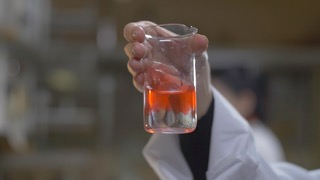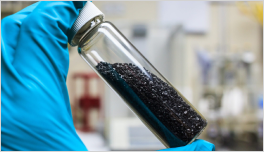Water Testing & Measurement
Essential practices that help us understand water quality, ensure safety, and optimize treatment processes. 🌊💧
What Is Water Testing?
Water testing involves precise analysis of water samples to determine their composition and quality. By carefully examining water, we can assess its suitability for various uses, identify contaminants, and make informed decisions.
Why Is Water Testing Important?
- Safety Assurance: Testing ensures that water meets health and safety standards.
- Environmental Protection: Monitoring helps prevent pollution and safeguard ecosystems.
- Treatment Optimization: Accurate measurements guide treatment processes.
- Regulatory Compliance: Water quality data supports compliance with regulations.
Types of Water Testing and Their Applications
- Chemical Analysis: Measures parameters like pH, dissolved oxygen, nutrients, heavy metals, and disinfection byproducts. Used in drinking water treatment, industrial processes, and environmental monitoring.
- Microbiological Testing: Detects bacteria, viruses, and other microorganisms. Essential for assessing water safety and preventing waterborne diseases.
- Total Dissolved Solids (TDS) Measurement: Determines the concentration of dissolved substances (salts, minerals) in water. Relevant for drinking water quality, irrigation, and industrial processes.
- Turbidity Measurement: Quantifies water clarity by assessing suspended particles. Crucial for drinking water treatment and environmental monitoring.
Advantages of Regular Water Testing
- Early Detection: Identifies issues before they escalate.
- Data-Driven Decisions: Informed choices for treatment and management.
- Public Health Protection: Ensures safe drinking water.
- Environmental Stewardship: Supports sustainable water use.
Remember, every drop of water has a story to tell, and testing helps us read it! 📊🔬 If you want to explore more or chat about anything else, feel free to ask! 😊👍




